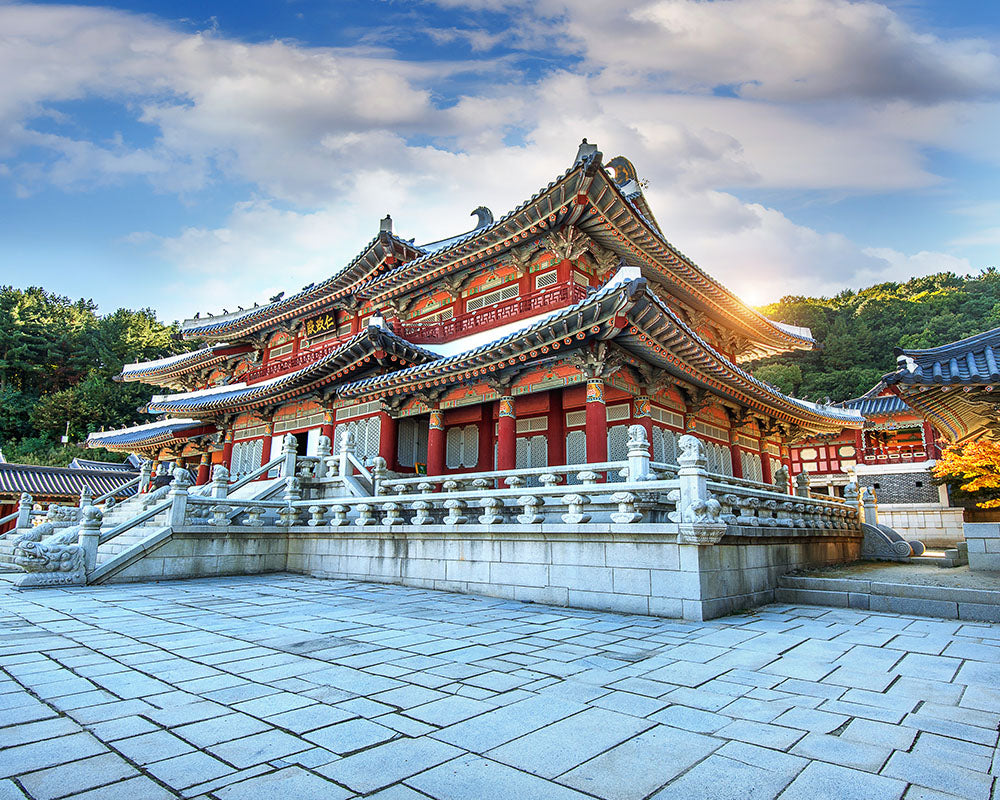
he Wonders of Ancient Chinese Architecture: Bringing Timeless Craftsmanship to Your Home
Introduction
Ancient Chinese architecture is a living testament to the country’s rich cultural heritage, engineering brilliance, and spiritual philosophy. With roots stretching back over 4,000 years, these majestic structures are not only visually stunning—they embody deep symbolic meaning and technical sophistication that still amazes modern architects today. But what if you could bring a piece of this architectural wonder into your own living space?
Thanks to modern craftsmanship, global trade, and renewed interest in traditional methods, the exquisite artistry of ancient Chinese architecture is no longer confined to temples, palaces, and gardens across China. Today, it's possible to recreate and incorporate these masterpieces—right in your own home.
The Soul of Chinese Architecture: Harmony and Balance
Ancient Chinese buildings weren’t designed for mere shelter. They were expressions of cosmic harmony, social order, and cultural identity. Embracing concepts from Confucianism and Taoism, these structures were built with an emphasis on symmetry, balance, and natural flow—qualities that continue to bring serenity and aesthetic appeal to modern homes.
From the elegant upturned eaves of pagodas to the intricate lattice windows of Ming-era homes, each design element serves both a functional and symbolic purpose. Materials like wood, clay, and stone were selected not just for strength, but for their connection to nature and spirit.
The Mortise and Tenon Joint: Genius Without a Single Nail
One of the most extraordinary features of ancient Chinese architecture is its use of mortise and tenon joints—a sophisticated technique that joins wooden components without the need for nails, screws, or glue. Interlocking like puzzle pieces, these joints allowed buildings to be strong, flexible, and long-lasting, capable of withstanding earthquakes and centuries of weathering.
This ingenious method showcases the deep understanding Chinese artisans had of material behavior, balance, and structure. Even the Forbidden City in Beijing, the largest wooden palace complex in the world, was constructed using this technique.
Craftsmanship Passed Down Through Generations
Every detail—from carved beams and painted ceilings to stone lions and tiled roofs—was created by hand, often by artisans who had spent decades mastering their craft. Patterns such as dragons, clouds, or cranes were more than decorative: they represented imperial power, longevity, and heavenly protection.
Recreating these elements today requires more than machines. It requires the hands and minds of modern artisans trained in traditional methods, carrying on a legacy of craftsmanship that once shaped the homes of emperors and sages.
From Ancient Temples to Your Living Room: The Revival Begins
Whether it’s a handcrafted wooden pavilion in your garden, a moon gate leading to your backyard, or a wall panel carved in the style of a Tang Dynasty palace—modern adaptations of ancient Chinese architecture are now available for private homes, cultural centers, and interior design lovers worldwide.
Using authentic materials and time-honored methods, these pieces can be shipped and assembled thousands of miles away, allowing you to experience the elegance and philosophy of Chinese architectural tradition in your own environment.
You no longer need to travel across the globe to admire a Song Dynasty courtyard or a bamboo-and-cedar tea house. Through faithful reproduction, careful design, and skilled craftsmanship, we can bring those wonders into your life, blending heritage with modern lifestyle.
Conclusion: Experience the Past, Live the Art
Ancient Chinese architecture is more than a style—it’s a story, a spirit, and a science. By welcoming these forms into your home, you are not just decorating a space. You are embracing a 4,000-year-old legacy of harmony, resilience, and beauty.
Let us help you bring the elegance of imperial halls and scholar gardens into your life—crafted by hands that still remember the past, and designed to inspire your present.

